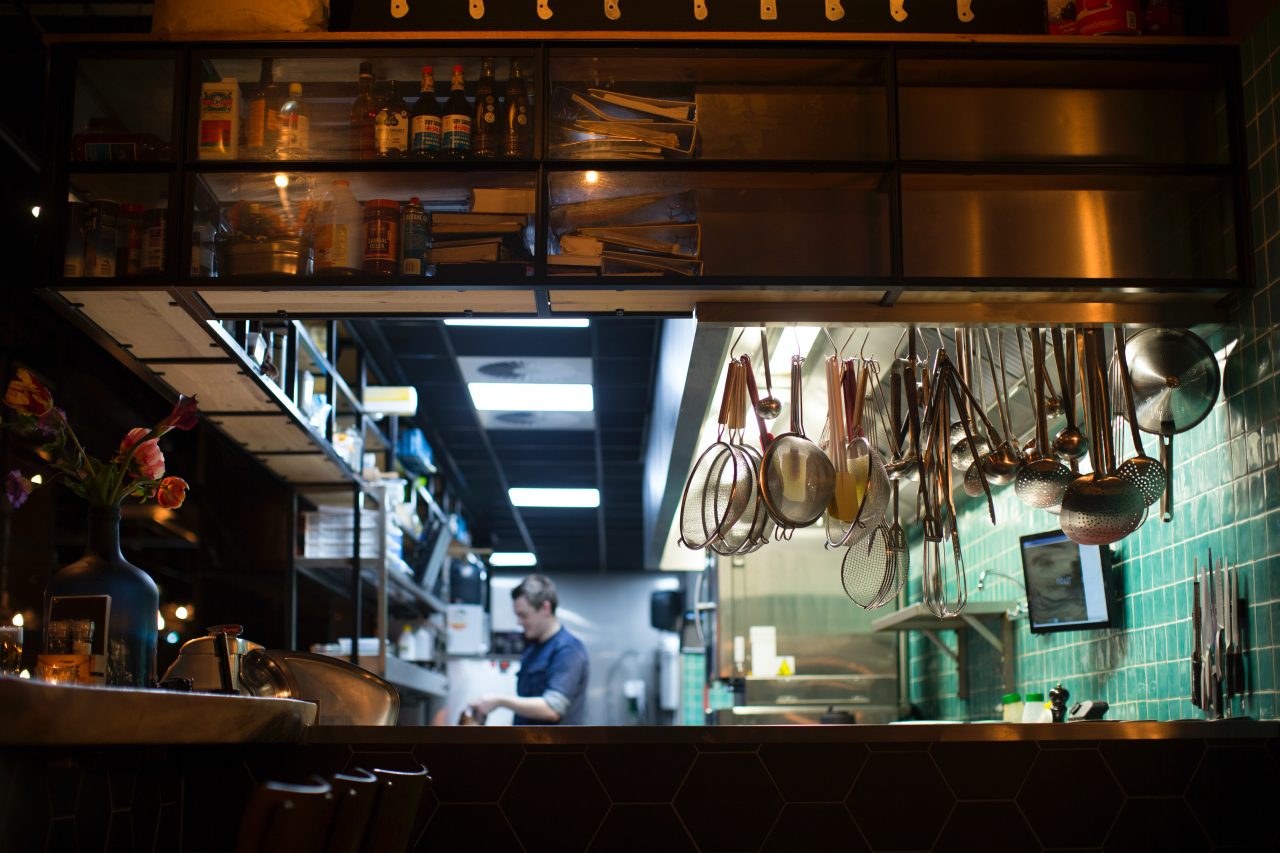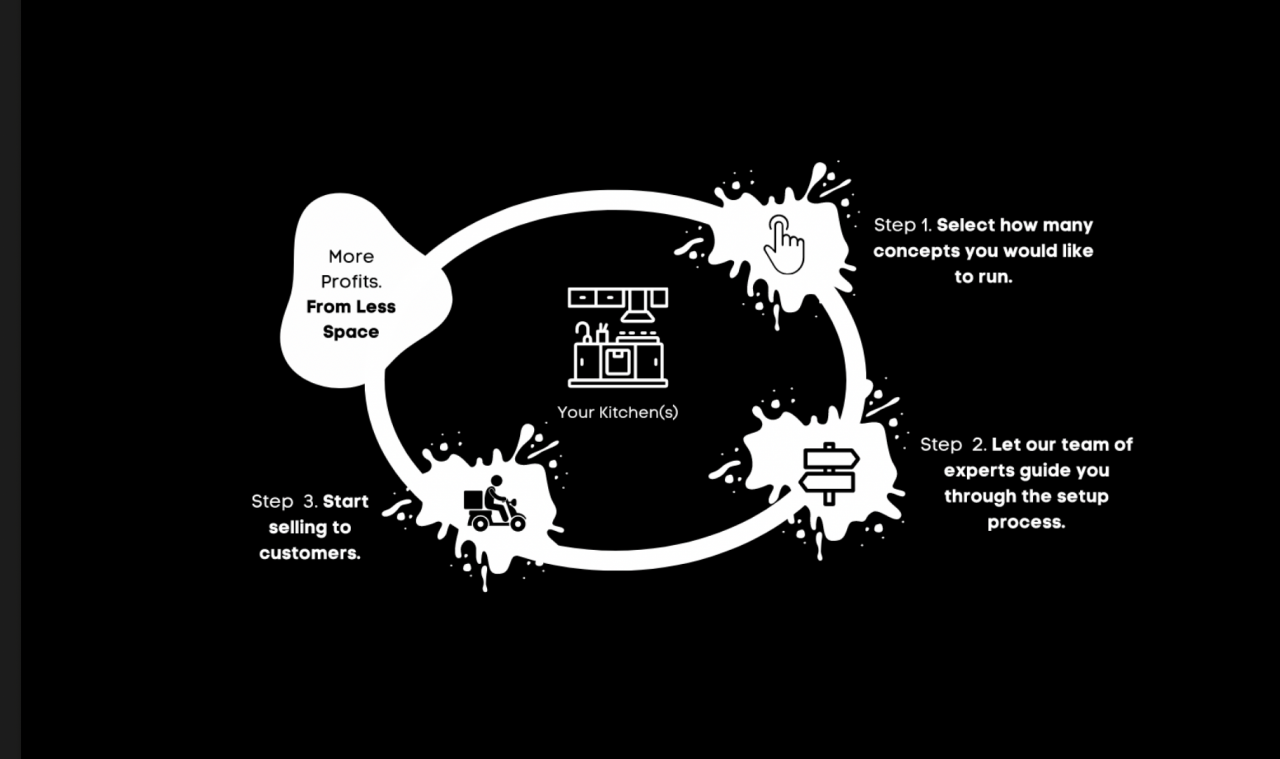Are multi-branded dark kitchens the future for hospitality?
Given the post-pandemic trend for at-home lifestyle convenience, the global hospitality market is needing to evolve fast. What started mostly as an urban trend among Millenials and Gen Z, has led to enormous growth in the sector and sparked the emergence of now household brand names like Deliveroo and Just Eat to meet that demand – plus a host of new challengers that are disrupting the traditional brandscape in this world.
The majority of delivery requests are typically based on level of personal loyalty to a known brand – however, it now appears that many customers neither realise nor care that many of their favourite branded takeaways aren’t made in branded restaurants at all, but in purpose-built warehouses in strategic locations; commonly known as ‘dark kitchens’.
Because of the success of this model, brands are scaling up. Recently, we’ve noticed an emergence of ‘multi-branded’ dark kitchens such as Karma Kitchen, where a parent company manages and operates a range of completely different brands with individual identities. All under one roof, it could be the very same chef cooking your spicy burrito, alongside your next-door neighbour’s sweet Pad Thai… what a way to maximise efficiency.

Many businesses are now beginning to jump on the bandwagon and take advantage of the clear benefits, which include:
1. More flexibility – Unlike brick and mortar restaurants, dark kitchens offer the agility to adapt fast, introducing new brands as trends emerge. The flexibility of dark kitchens means businesses can customise different brands to meet the specific demands, lifestyles and tastes of their local audience.
2. More efficiency – Forget the high capital costs and exorbitant rents involved in opening a traditional restaurant, this is an incredibly attractive model for the brands that are trying to sneak their way into a competitive market.
3. Less waste – As these spaces are solely dedicated to delivery, there is a real opportunity to focus on the food – With a variety of brands housed under one kitchen, there is a greater chance of riders delivering multiple orders to the same area. Plus, if chefs are clever with their choice of ingredients, they can maximise their efficiency with their menus. For example, Carl Tengberg runs dark kitchens and creates brands for the different cuisines that use them, stating “with more efficient and smart kitchens, we have an edge in eliminating food waste.” Less miles traveled and less food waste? Seems like a win-win to us.

Where does brand experience come in?
Typically, the success of any brand these days relies on its ability to connect and engage with an audience for the long haul. Because of this, high street shops have begun to focus their efforts on creating memorable experiences; selling the clear emotional benefits to build a loyal community of people with shared values and interests.
On the other hand, the core selling point of dark kitchen brands is the convenience they offer – focusing their efforts into selling great tasting food, not memorable experiences. To compete with the in-person offer, virtual brands need to offer an element of tangibility online. Without a shop front, the success of a virtual brand relies solely on both their menu and digital presence – meaning social media is a must. Not only do customers need to find each brand online, but there needs to be a space where customers are given the opportunity to build a dialogue with the brand, put a ‘face to the name’, and create a sense of loyalty. If done well, the rewards will be huge. After all, a repeat customer brings 23% more revenue and profitability than a first-time connection.
How these brands are building strong communities
Instead of trying to build a loyal customer base from scratch, we’ve seen virtual kitchen brands partner with huge online creators and influencers. Virtual Hero has a huge network of kitchens and is known for jumping on emerging consumer trends – often collaborating with creators to allow them to tap into an otherwise unfamiliar world with no capital investment and scale at unprecedented speed. Just recently, they announced a very mutually beneficially partnership with ‘The Sidemen’ – perhaps the most popular and engaged content creators in Europe; combining pop-culture references with delicious chicken dishes.
“Not only is it helping extend The Sidemen brand, but it is offering their audience a new (and delicious) experience – as well as a new way to connect with the group and bring a virtual brand to life.”
How does this affect the future of hospitality?
Forbes expects the global market for food delivery to be worth $200bn by 2025. Although the best restaurants will always be in demand, dark kitchens are offering a much easier and less conventional route for food brands new and old to forge their way into a highly competitive environment. Both reputation and customer satisfaction will be everything for these ‘virtual’ brands. The successful ones will analyse the market well, and offer a strong ‘at home’ experience – accounting for every touchpoint along their customer journey; from the quality of their menu, personality and online presence, all the way down to their packaging. Thanks to the ever-expanding levels of demand, the mass adoption of new technologies and profit margins to match, we predict this is only the beginning…
